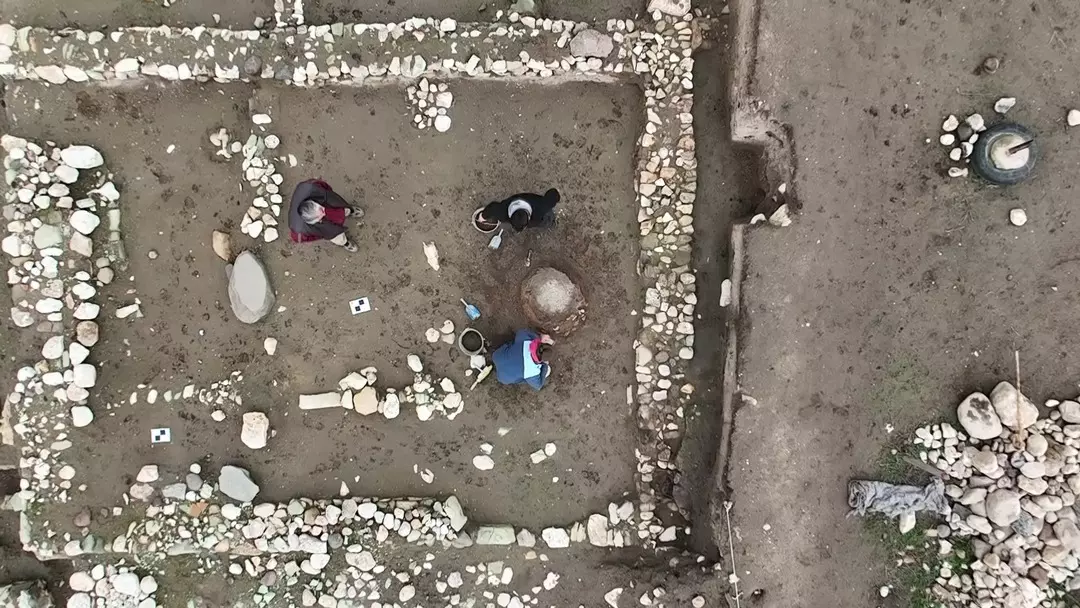In the ancient pantheon of Mesopotamia — one of humanity’s oldest civilizations — few deities were as fearsome and enigmatic as Ereshkigal, the Queen of the Underworld. Revered yet dreaded, she ruled the shadowy realm of the dead with absolute authority, embodying the finality and inescapability of death in a culture deeply concerned with life’s fragility and the afterlife’s mysteries.
Who Was Ereshkigal?
Ereshkigal’s name means “Lady of the Great Earth,” reflecting her dominion over the subterranean world where the dead reside. Unlike many deities who had multiple roles, Ereshkigal was singularly associated with death and the land of no return. She governed Kur (or Irkalla), the Mesopotamian underworld, an ashen, dusty place where all souls — noble and common alike — drifted after death.
As the supreme ruler of this gloomy realm, she was both a feared judge and an essential part of cosmic balance. Her power kept the dead contained and preserved the boundary between the living and the departed — a boundary that, if crossed, threatened disorder and chaos.
Ereshkigal and the Myth of Inanna’s Descent
One of the most compelling stories in Sumerian and Akkadian mythology is the myth of Inanna’s Descent to the Underworld — a narrative that vividly highlights Ereshkigal’s might and her tense relationship with her sister, Inanna (known later as Ishtar).
In this myth, Inanna, the radiant goddess of love, fertility, and war, decides to descend to the Underworld, ostensibly to attend the funeral rites of Ereshkigal’s husband, Gugalanna, the Bull of Heaven. However, some interpretations suggest that Inanna sought to extend her power over death itself.
Upon her arrival, Inanna must pass through seven gates, removing a piece of her divine regalia at each, until she stands naked and powerless before Ereshkigal. In this stark confrontation, the Queen of the Underworld judges Inanna, strikes her dead, and hangs her lifeless body on a hook — a chilling reminder that no one, not even the most exalted goddess, can defy death’s dominion.
Inanna’s eventual resurrection hinges on intervention from the other gods, showing that while Ereshkigal’s power is immense, cosmic balance required the return of life to the world above.
Ereshkigal’s Role in Mesopotamian Religion
Unlike gods of the heavens or the fertile earth, Ereshkigal was not a deity people petitioned for blessings in daily life. She received appeasements and rites to ward off her wrath and ensure that the dead remained content in her realm. Tomb inscriptions, funerary offerings, and protective incantations often invoked her name to safeguard the passage of souls and prevent restless spirits from disturbing the living.
Her underworld court included fearsome figures like Namtar, her loyal vizier and messenger of death, and a host of demons who enforced her decrees. Through them, she upheld the unyielding laws of mortality that governed the Mesopotamian understanding of life and death.
Symbolic Meaning and Cultural Legacy
Ereshkigal represents the inevitable, impartial reality of death and the shadows that lie beyond human comprehension. Her mythic opposition with Inanna illustrates a deep Mesopotamian theme: the tension between life’s generative forces and the relentless finality of death.
Where Inanna is vibrant and life-affirming, Ereshkigal is somber and immutable. Together, they embody a cosmic duality — creation and decay, desire and loss, birth and burial — each vital to the order of the universe.
Conclusion
While less celebrated than her sister Inanna, Ereshkigal’s role in Mesopotamian mythology is profound and hauntingly human. She personifies a truth all ancient peoples faced: that no matter one’s power, beauty, or glory, death is the ultimate equalizer.
In worship and in myth, Ereshkigal’s shadowy domain reminded the living of their mortal limits and the sacred duty to honor both life and death — a legacy that still echoes in the study of one of humanity’s earliest civilizations.







